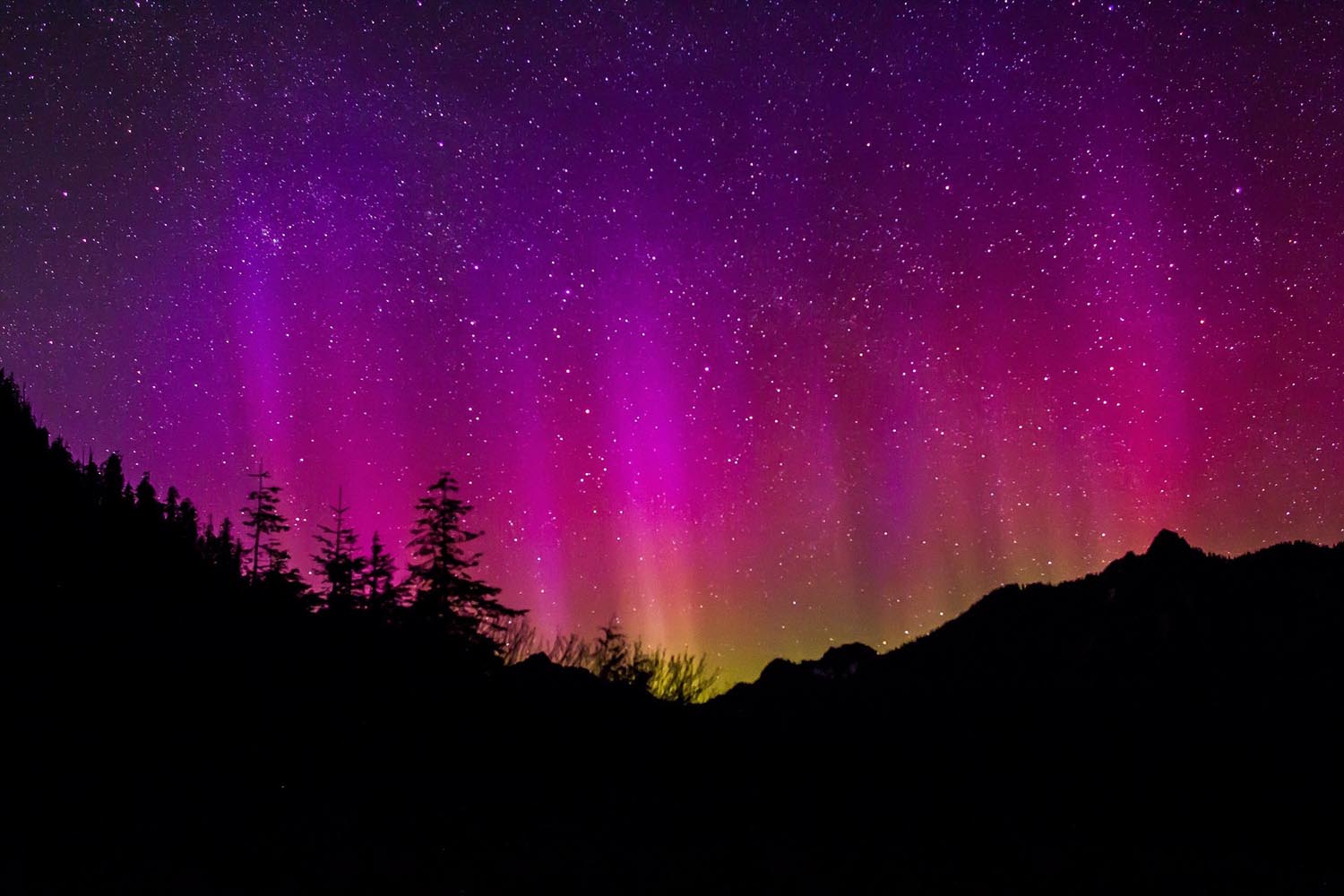
The northern lights may indeed be changing their name if the recent study by Columbia University turns out to be true. They have conducted a new study and Columbia revealed that the famous northern lights of the Arctic may indeed be heading south and might soon need to be named the southern lights.

COLUMBIA’S STUDY ON THE NORTHERN LIGHTS
Columbia has stated that the main reason behind the northern lights possibly moving to the south is due to the fact that the magnetic field of the Earth is weakening. The researchers at Columbia Lamont-Doherty Earth Observatory explained that as the magnetic field of the planet continues to weaken that the waves of charged particles will likely be affected in how they bounce off of the field. One of the experts at Columbia, Dennis Kent, further explained that the Earth’s magnetic field keeps the solar wind at bay and that the solar wind interacting with the field contributes to the northern lights. He then went on to say that the reason it will go south within the next couple of decades is because with a weaker field the lights will not be pushed to high altitudes. They have mentioned how evidence has already been revealed. The Columbia team mentions how the northern lights have been spotted in places like Ottawa and that means that it is moving south, but could take a long time.
The Columbia team also mentioned some very interesting news that the magnetic field of the earth actually flips occasionally. They have determined that earlier research suggests that the earth has undergone hundreds of polarity reversals in the last 100 million years and they also stated that the last time it happened was 780,000 years ago. However, they have mentioned that something like this is not likely to happen anytime soon. We will have to see if Columbia’s research team is on point in due time, but for now we can only speculate that their research is accurate. No matter what, though, it will be cool to see if the northern lights transform into the southern lights.

















